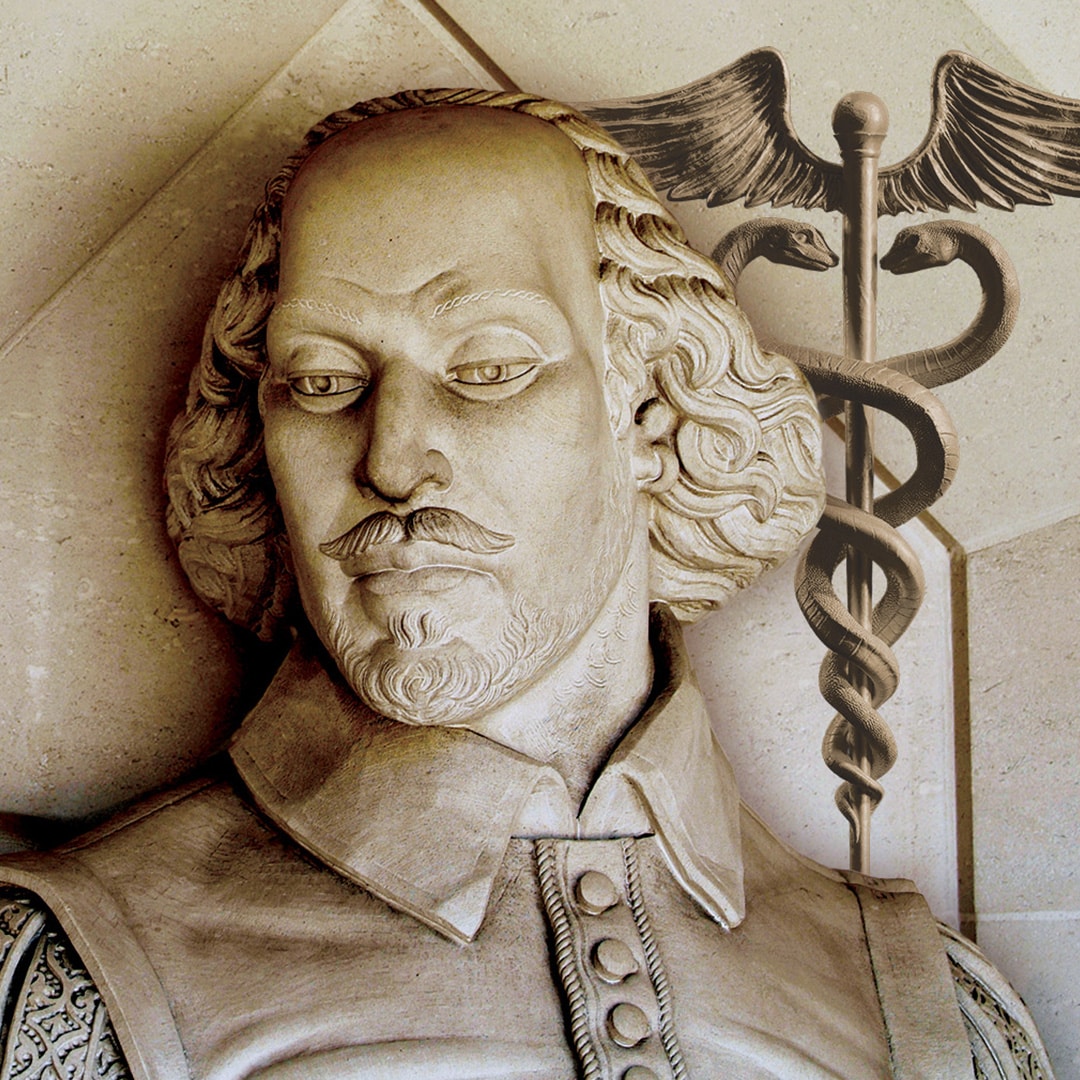He stood and watched old women from the shires
Hobbling, nay crying their way to his room
Bone upon grating bone, hip joint on fire
Seeking an answer, not a witch’s broom
Nature’s perfect, near frictionless couple
Synovia glide over each other
Hips rotate and revolve, when young and supple
Till the grind of aging defeats this mother
He cut through the thigh bone, leaving a gap
Reamed a socket in the pelvic domain
Polished steel for the femur, a new cap
His own fine plastic, cemented his name
Sir John’s rightly receiving of the fame
Movement, slow but no pain, up-stairs again
Backstory
John Charnley, later Professor Sir John Charnley, was an orthopedic surgeon based in the north- west of England, spending much of his career at Wrightington Hospital, just outside Manchester. He initially specialized in the treatment of fractures but soon turned his attention to osteoarthritis, especially of the hip. Although in early days he favored treatment by arthrodesis, that is by producing fusion in the hip joint, he soon saw the potential of arthroplasty, that is the replacement of the diseased joint by a structure that would permit complete movement. There had been attempts to use hemi-arthroplasty, replacing just one side of the joint, but this had serious limitations. Although it is fair to say that Charnley was not the first to replace hips by a total arthroplasty, a few others using all-metal structures, he had the vision to develop replacement joints that mimicked the natural joint as far as possible. He noted that the hip joint has a remarkably low coefficient of friction, and he assumed that he could replicate this with a low friction plastic, such as the recently invented Teflon, or poly(tetrafluoroethylene), PTFE. He also developed the concept of using an acrylic ‘bone cement’ to attach prosthetic components to the remaining bone of the femur and pelvis.
Charnley’s experience involved a combination of significant setbacks and remarkable success, a classic example of ‘if at first you don’t succeed, try, try again’. The PTFE did not work well, as it wore-out fast leaving significant bone destruction behind. He turned to a special type of polyethylene, which is still used, in modified form, today. Several early patients died on the operating table because of the toxicity of the acrylic, and he and his anaesthetists had to develop new procedures. Infection was a major problem, so he developed new anti-bacterial operating techniques. Almost all of the world’s hip replacement devices used today are derivatives of the Charnley prosthesis, and very few surgeons are capable of achieving his success rates, once he had solved the early problems. His vision was to restore pain-free movement to the many older people, especially women, who he would see every day in his clinic; many people around the world today are grateful for that vision.


